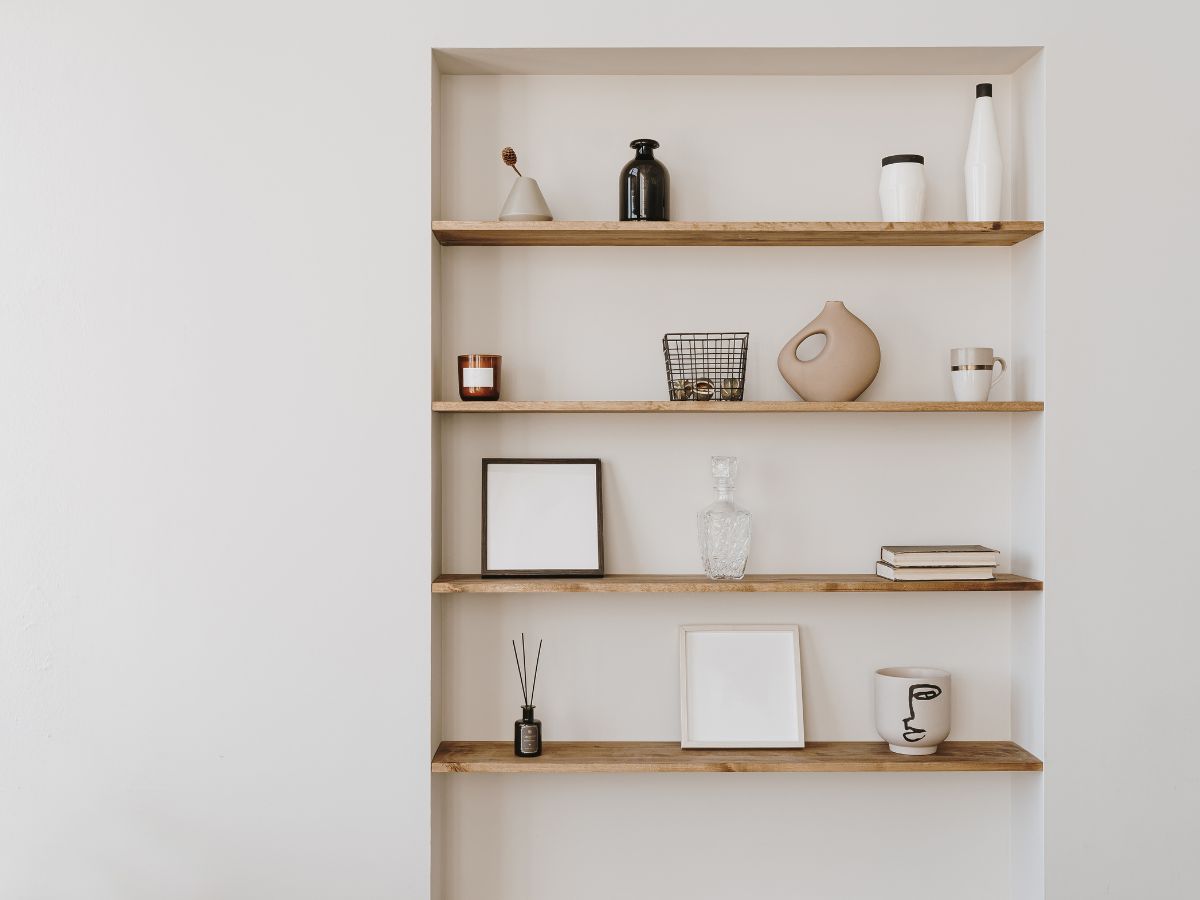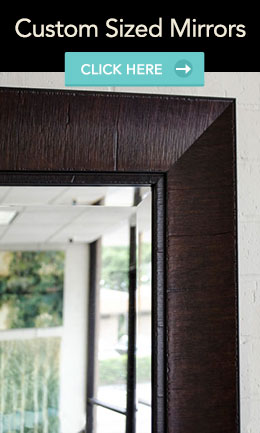
Expert Tips for Choosing the Right Finish on Custom Wood Boards
Finishes make or break a custom wood board project. Whether you’re working with walnut panels in a home office, oak herringbone walls, or built-in shelving, the right finish enhances beauty and ensures durability. Here’s a guide on how to choose the right finish on your custom wood boards.
1. Match Finish to Function and Location
High-moisture areas like kitchens and bathrooms need water-resistant finishes. Water-based polyurethane and marine-grade varnishes stand up better than oil-based options in these spaces.
Research shows oil-based finishes, while lush and deep in tone, dry slowly and emit stronger fumes. It’s less ideal in closed-in, humid areas. Water-based finishes dry quicker, are clearer, and have lower VOCs.
2. Durability vs. Aesthetic: Choose Wisely
For heavy-use zones such as tops, shelving, or panel backs, you want durability. Polyurethane (oil or water-based), varnish, and lacquer offer hard, protective layers. Oil-based polyurethane gives warm tan tones and tough protection, while water-based stays clear and is easier to maintain.
If the project prioritizes texture and natural finish–think modern rustic or tactile accents–oil finishes like tung, linseed, or Danish oil highlight wood grains and are eco-friendly.
3. Trending Finishes for Contemporary Design
2025 trends lean toward matte, low-sheen, and bleached or whitewashed finishes especially on reclaimed woods or contemporary panelling. Dark and moody stains also enjoy popularity, balancing mid-tone wood warmth with modern drama.
Designers advise using darker woods like walnut or oak sparingly for accents to avoid overwhelming a space.
4. Wood Type Affects Finish Choice
Durable hardwoods like teak, ipe, and oak rate among the most long-lasting species (EN 350 durability Class 1), while softer woods like pine or cedar score lower without treatment. If you’re using pine which is a budget, sustainable choice gaining traction again, the finish can influence longevity and appearance. Pine accepts stains unevenly, so choose a finish that controls blotching or accepts natural tone variation for character.
5. Comfort by Design
Studies from Laval University in Canada found wood surfaces left with natural tones and finishes create visually warm environments that boost comfort, compared to fancier but more artificial finishes. This psychological benefit matters in settings like living rooms or home offices. Use finishes that enhance grain and warmth without veering into overly glossy or cold territory.
6. Case Insight: Wood-Drenched Kitchens Need Careful Finish Planning
The rise of “wood-drenched” kitchen interiors–using walnut or oak cabinets, walls, and flooring–calls for finishes that protect and complement the material. Designers recommend food-safe oils for surfaces like countertops and gentle maintenance methods to preserve both aesthetic and function.
Final Pro Advice
- High-moisture spaces: Use water-based polyurethane or varnish.
- High-traffic surfaces: Opt for oil-based polyurethane or lacquer for toughness.
- Natural, textured look: Oil-based finishes enhance grain. Ideal for modern rustic designs.
- Trend-aware styling: Matte, whitewashed, or dark-toned stains provide contemporary elegance.
- Comfort optimization: Favor finishes that preserve wood’s warmth and texture for mental and aesthetic harmony.
Selecting the correct finish on custom wood boards isn’t just about looks. It sets your work apart in durability, tactile quality, and client satisfaction. Thoughtful finish choices signal craftsmanship and forward-thinking design.


